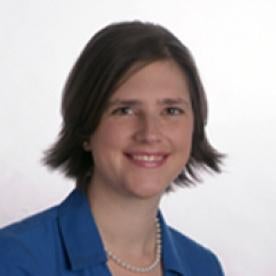On June 28, 2010, the United States Supreme Court issued its long-awaited decision in the case of Bilski v. Kappos. The Court determined that Bilski’s claims were to an abstract idea, and not patent-eligible subject matter. More importantly, the Court’s decision resurrected business method patents and clarified that the machine-or-transformation test is not the only test for patent eligible subject matter. The Court’s opinion did little else, however, to clarify the bounds of patent-eligible subject matter, other than noting that the scope of patent eligibility is broad, but not boundless. While admonishing the Federal Circuit, the Court emphasized the need to rely on the Court’s precedent as the guidepost to determining patent-eligible subject matter in the future. The decision will likely lead to significant further litigation to test the bounds of patent eligibility. Moreover, patent attorneys and applicants will still need to demonstrate that method claims meet the machine-or-transformation test, or develop other creative arguments to demonstrate that a claim does contain patenteligible subject matter.
What Was Decided
The Court held that business method claims cannot be categorically excluded from patent eligibility. This part of the decision was clearly a 5-4 split – had Justice Scalia joined Justice Breyer’s concurring opinion in full, the outcome of this decision would have been very different. As it was, Justice Scalia only joined Part II of the Breyer concurrence, which did not include any statements suggesting that business methods as a group were unpatentable. As such, business methods are still considered patent eligible.
The Court also held that the machine-or-transformation test, which has been championed by the Federal Circuit and used by the USPTO for several years, is not the exclusive test for patent eligibility. The machine-or-transformation test is still a useful investigative tool, and may be a “safe harbor” in that claims meeting the test should still be considered patenteligible. But, the machine-or-transformation test is not the exclusive test.
The Court reminds us, though, that patent-eligibility is not boundless – the three fundamental exclusions still apply. Specifically, a claim cannot be directed to an abstract idea, a law of nature, or a natural phenomenon.
When considering the underlying claims of the Bilski application, the Court ruled that the claims were directed to abstract ideas, and as such could not be patent-eligible.
What Was Not Decided
Unfortunately, this decision leaves much guidance to be desired. The Court does not provide any reasoning as to why Bilski’s claim is considered abstract, nor does it state what the bounds of abstraction are.
The decision also implies that the Federal Circuit can devise new ways to limit patenteligibility, so long as those limitations are “in accord with controlling precedent.”
Of note is what the Supreme Court appears to have left untouched. The Court understood that the machine-or-transformation test could create uncertainty in software and diagnostic medical testing techniques. Removal of that test as the sole gatekeeper leaves the door open for such claims to be statutory, so long as they do not claim an abstract idea, natural phenomenon, or law of nature.
It remains to be seen how the PTO and courts will treat patent-eligibility from now on – whether it will remain at the forefront of patent examination or be relegated to the back burner. Regardless, the Supreme Court’s decision today loosens the restrictions on patenteligibility of method claims.




 />i
/>i
